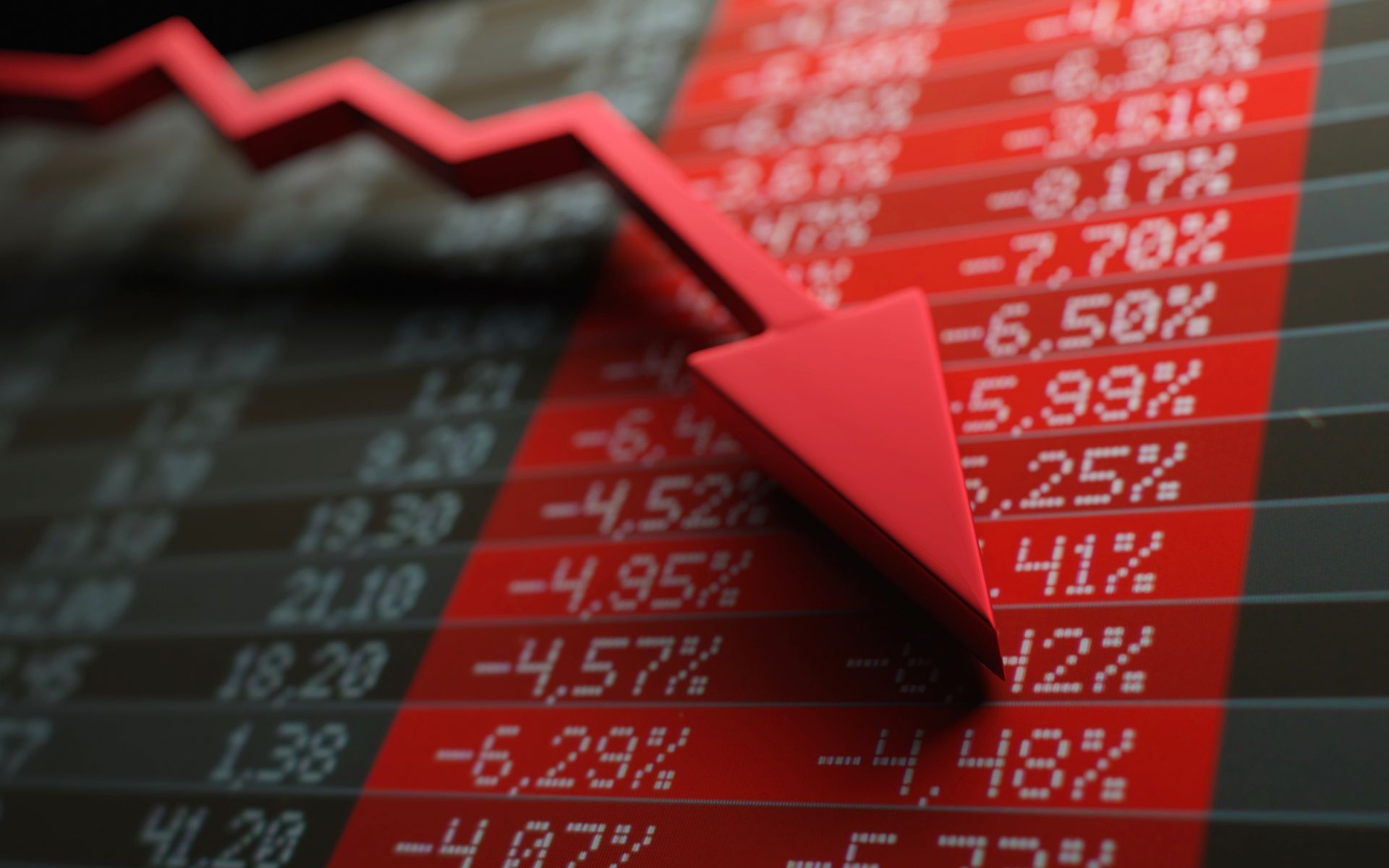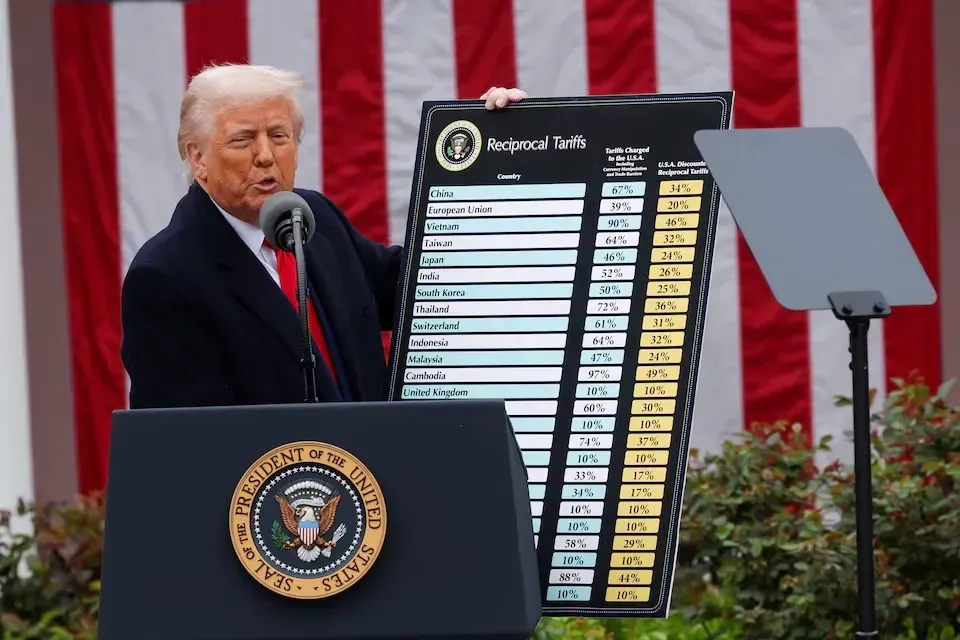Wall Street Stays Bullish on Gold Despite Market Volatility

Even after one of the sharpest single-day drops in over a decade, Wall Street’s biggest players are standing firm on gold’s long-term potential. The recent dip — roughly 6% in a day — made headlines, but analysts from top institutions like J.P. Morgan and Goldman Sachs continue to call it a “healthy correction” in an otherwise powerful bull market.
Gold’s Strength Amid Short-Term Swings
Year to date, gold prices remain up an impressive 57%, showing resilience even amid global uncertainty. While short-term volatility often grabs attention, the broader trend tells a different story: gold’s strength is being driven by deep structural forces, not short-term speculation.
From record central-bank purchases to continued investor diversification away from traditional assets, gold’s appeal as a store of value has only grown stronger. In an era of fiscal uncertainty, currency devaluation, and mounting debt concerns, the world’s oldest form of money is proving its relevance yet again.
Analysts See the Dip as Opportunity
J.P. Morgan described the recent sell-off as a natural cooling period, a phase of consolidation that typically follows rapid gains. They view it as an opportunity for disciplined investors to re-enter or strengthen their positions before the next leg higher.
Goldman Sachs echoed this view, maintaining a $4,900 per oz. year-end target. The firm highlighted “sticky, structural buying”, led by central banks and long-term investors — as a key driver behind gold’s sustained demand. Even with recent fluctuations, these institutions see little change in the underlying fundamentals.
Why Gold’s Fundamentals Remain Intact
Behind the volatility lies a broader global shift. Nations are diversifying away from the U.S. dollar, central banks continue to accumulate gold reserves at record levels, and investors are seeking tangible assets that offer insulation from market and policy risks.
At the same time, political and economic uncertainties, from trade tensions to potential U.S. government shutdown risks, have reinforced gold’s safe-haven role. As traditional markets wobble and fiat currencies face mounting pressure, gold remains one of the few assets viewed as universally trusted and finite in supply.
A Window for the Long-Term Investor
For investors focused on portfolio resilience and diversification, temporary pullbacks often represent windows of opportunity rather than reasons for concern. The recent correction underscores an important principle: volatility does not undermine gold’s role, it often reinforces it.
In times of financial instability and elevated debt, physical precious metals have historically provided a stabilizing counterbalance. As Wall Street analysts reaffirm their bullish stance, it’s clear that gold’s story in 2025 is far from over.
Bottom Line
While market corrections can test patience, the fundamentals driving gold’s multi-year rally remain intact, from sovereign diversification to persistent inflation and global fiscal uncertainty. For investors seeking to preserve purchasing power and strengthen long-term security, gold continues to stand out as a cornerstone of a well-diversified portfolio.
This content is for informational and educational purposes only and should not be construed as financial advice. Past performance is not indicative of future results. Investors should consult with their financial advisor before making any investment decisions.
Source: Investopedia - Why Analysts Are Still Bullish on Gold











